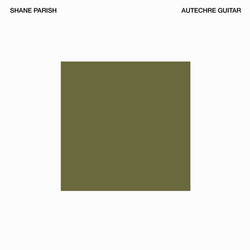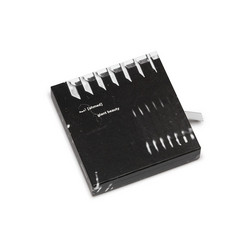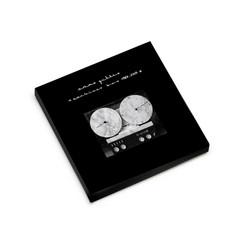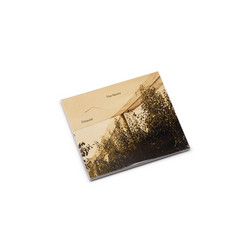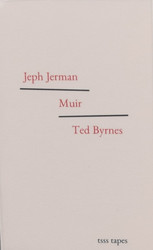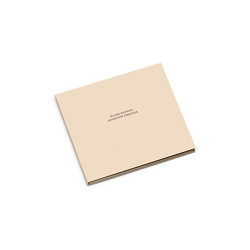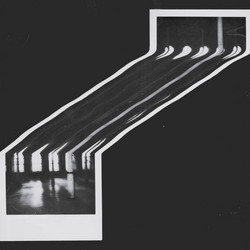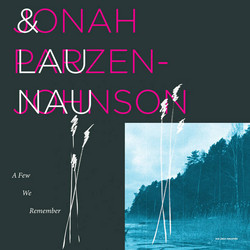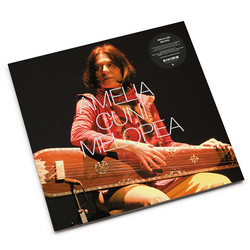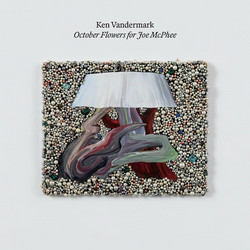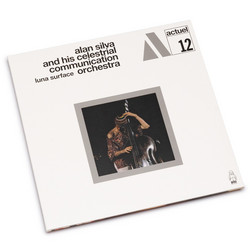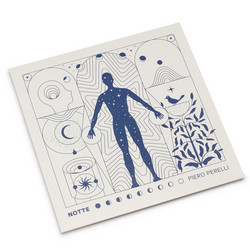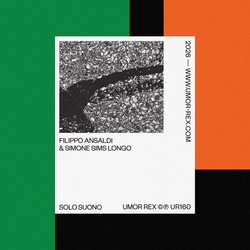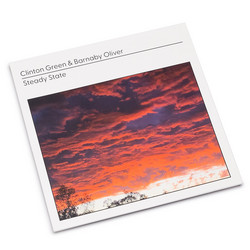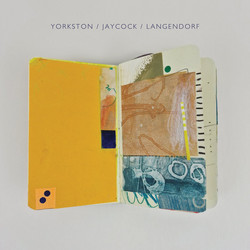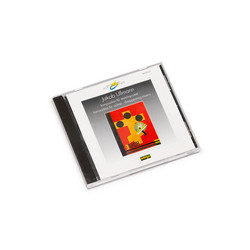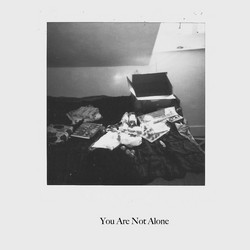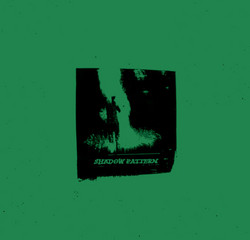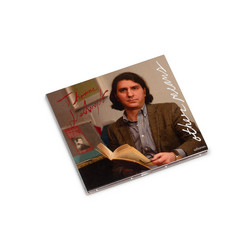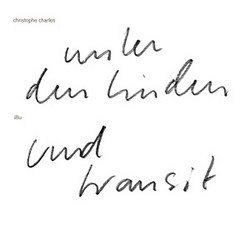Inspired by Mackle's love of traditional folk music, the album comprises performances of songs learned through recordings by The Watersons, Lou Killen, Sam Larner, and Harry Cox. The songs were recorded in a single evening by fellow London-based artist (and adhuman alumnus) Luciano Maggiore, and feature Mackle interpreting them using only his unaccompanied voice. Performed in single takes from memory, the songs are reworked through a vocabulary of gulping, stuttering, mumbled verbiage, pushing the texture of Mackle's voice and the pure sonic qualities of the lyrical arrangements to the fore. The pieces remain somewhat recognisable to those familiar with the idiom but are drawn sharply into territories more immediately associated with the deconstructions of Sound Poetry or free vocal improvisation.
He says: “I was singing those songs to myself, quietly under my breath, when my partner and daughter were asleep […] I thought, how do I sing them as if I am a sampler? If I chop a sample, it becomes its own thing. I was trying to do that with singing while keeping the fundamental melody.”
Sitting Still for a Living also features three long-form instrumental compositions built from recordings of tin whistle and recorder played by Mackle himself. Pulling direct influence from uilleann pipe music, these pieces introduce the influence of other traditional forms by way of Mackle's characteristically austere and disjointed approach to the sampler.
